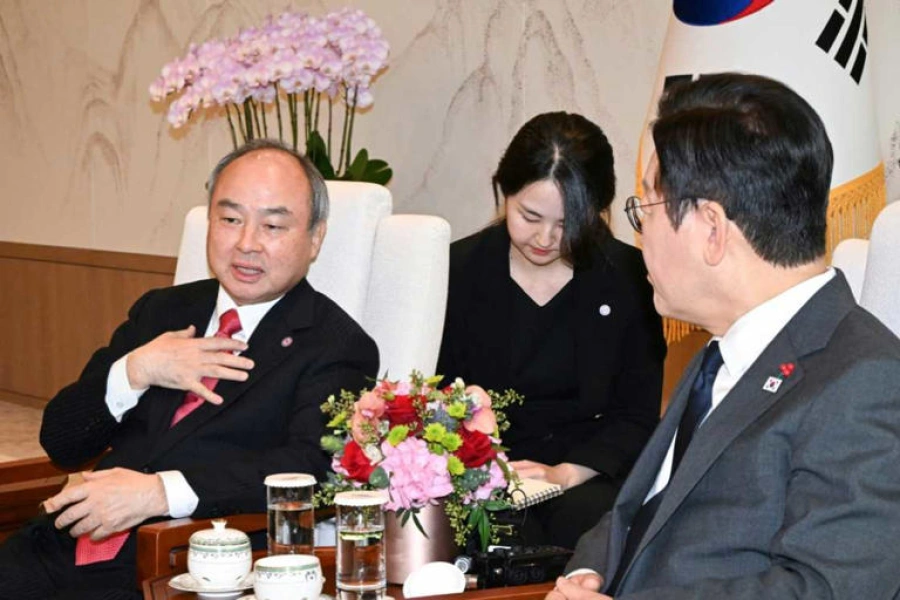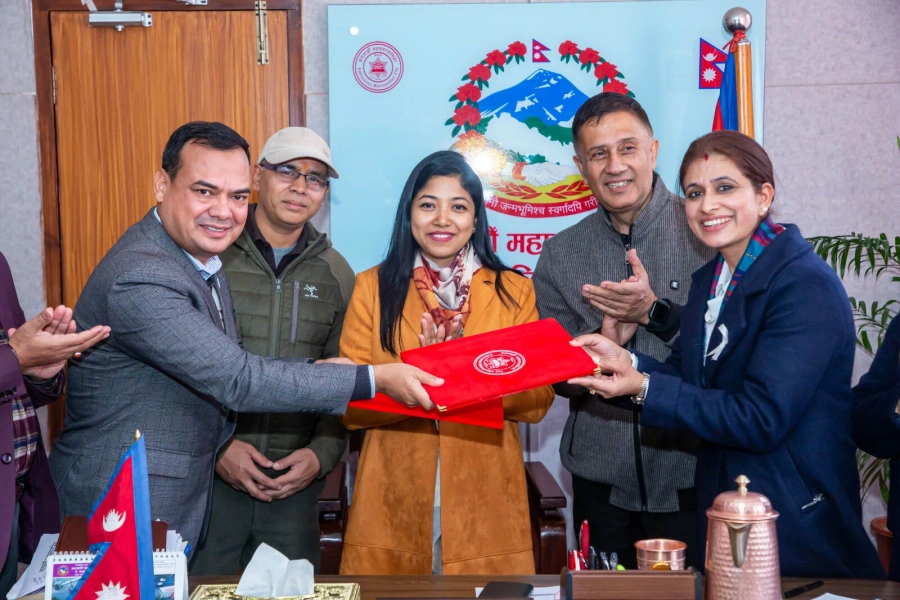KATHMANDU, Nov 20: A phrase often repeated by every minister assuming the office of the Ministry of Culture, Tourism, and Civil Aviation is, "I will make efforts to amend the Tourism Act." Whether addressing journalists at the ministry or speaking at public events, each successive tourism minister declares their intention to revise the Tourism Act to align with needs of the time.
However, the reality is that the Act, first enacted in 2035 BS, has been amended only twice—once in 2042 BS and again in 2053 BS. Even by 2081 BS, no further amendments have been made. It has been 18 years since Nepal adopted a democratic republican system of governance, yet the law, which originated in the Panchayat era and was slightly amended during the multi-party system, continues to govern the country’s tourism sector.
Despite repeated commitments from the government to amend the Tourism Act and elevate the country’s tourism sector, a pattern of delays and sluggish action has stymied its progress.
Nepal is endowed with vast geographic, cultural, and natural resources capable of attracting tourists from around the world. It is home to hundreds of mountains, including Mount Everest, the world’s highest peak. It also boasts Lumbini, the birthplace of Gautama Buddha, and unique destinations such as Chitwan and Bardiya, renowned for their rich culture and wildlife. Furthermore, communities across the mountains, hills, and Terai offer authentic experiences of local cultures and lifestyles.
Six women tourism entrepreneurs honored by Paletee's Holiday

Although Nepal is famous for its high-altitude trekking routes, the absence of clear government policies has caused the tourism sector to lag behind. The government’s neglect and failure to modernize tourism-related laws have hindered the country’s overall prosperity.
“Tourism is the backbone of the country's economic prosperity,” said Sajan Shakya, Secretary General of the Hotel Association of Nepal. “Unlike other industries that depend on importing resources, the tourism sector utilizes Nepal’s own resources and manpower.” He emphasized that tourism, after agriculture, is Nepal’s strongest sector, yet it remains neglected by the government.
Both the government and tourism entrepreneurs have been formulating policies and programs to prioritize increasing tourist arrivals and promoting tourism. However, the country’s current tourism policy revolves around "mass tourism," which aims to attract large numbers of tourists but has failed to achieve significant results.
While Bhutan has succeeded in advancing its tourism sector with limited resources and effective planning, Nepal continues to fall behind. Nepal has far greater tourism potential than Bhutan, but weak and short-sighted government policies have hindered its growth. This has been a persistent grievance among tourism entrepreneurs.
Bhutan’s “Quality Tourism” policy, which requires foreign tourists to spend $250 per day during the peak season and $200 during the off-season, has proven highly effective. This policy has helped Bhutan generate substantial revenue from tourism, making it the second-largest contributor to its economy after hydropower. In contrast, recent statistics show that tourists visiting Nepal spend an average of only $44.50 per day.
Collaboration between the government and the private sector is essential to fully capitalize on Nepal’s tourism potential. According to General Secretary Shakya, while the private sector has made significant efforts to promote tourism, the government’s contribution has been lacking.
The key to achieving success in tourism lies in the government's interest, commitment, and actionable plans. Policies and laws related to tourism need to be clear, up-to-date, and supported by straightforward long-term planning and implementation.
According to government data, the tourism sector currently contributes around three percent to Nepal’s total Gross Domestic Product (GDP). The 16th national plan aims to increase this contribution to seven percent.




















-1200x560-1764836409.webp)


















